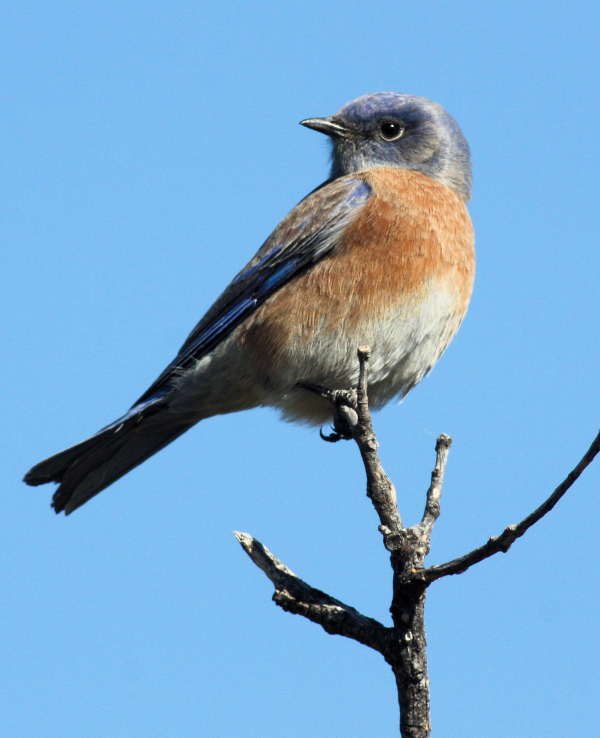The wood duck: September’s Migratory Bird Treaty Centennial featured bird

male and female wood ducksWith their exquisite, bright coloration, male wood ducks are considered one of the most beautiful birds in the world. In fact, their scientific name, Aix sponsa, is Latin for “promised bride,” alluding to the fact that the drakes look dressed to attend a wedding.
Wood ducks are medium-sized ducks that frequent wooded ponds, streams and marshes. Both hens and drakes have colorful wings accented with blue, maroon and silver. The hens are much more plainly colored, with grey-brown upperparts, mottled brown and white breasts, white bellies, and a white teardrop-shaped eye patch.
Wood duck pairs nest in tree cavities that are 15 to 30 feet above the ground or in man-made wood duck nest boxes. The hens lay nine to14 eggs at a time. Wood duck hens sometimes lay their eggs in the nests of other wood duck hens – this leaves one hen with more than her share of ducklings to raise. Nests have been documented with up to 40 eggs in them!
Only a few days after hatching, young wood ducks are ready to leave the nest. The mother flies to the ground and then calls to her youngsters to encourage them. The young then jump the long distance from the tree cavity to the ground. The fluffy, downy chicks bounce when they land and toddle off after their mothers without a scratch.
Young wood ducks eat invertebrates and fish but switch to a more plant-based diet in adulthood. Adult wood ducks eat aquatic vegetation and also fruits and nuts they find on the forest floor. Acorns are a favorite food of wood ducks.
In Michigan, wood ducks were common prior to European settlement. They rapidly decreased in number during the late 1800s due to unregulated hunting, market hunting, deforestation and loss of wetland habitat. This species was believed to be in imminent danger of extinction in the late 1800s and early 1900s.
Because of the dramatic decline of wood duck populations, wood duck hunting was banned in 1915. This national hunting prohibition was lifted in 1941, and states were allowed to have limited, regulated hunting seasons. Michigan opened up wood duck hunting seasons in 1944 with a bag limit of one duck. Development of artificial nest boxes in the 1930s further helped wood ducks reoccupy their former range. Today, wood duck populations are thriving. Wood ducks are banded each year in Michigan to help monitor their populations.
You can help wood ducks by erecting wood duck boxes in your wooded wetlands. Take a look at this wood duck box plan, from Ducks Unlimited, and install one to help the wood ducks near you!
The wood duck is protected under the Migratory Bird Treaty Act. The year 2016 marks the centennial of the Convention between the United States and Great Britain (for Canada) for the Protection of Migratory Birds (also called the Migratory Bird Treaty), signed on Aug. 16, 1916. Three other treaties were signed shortly thereafter with Japan, Russia and Mexico. The Migratory Bird Treaty, the three other treaties signed later, and the Migratory Bird Treaty Act form the cornerstones of efforts to conserve birds that migrate across international borders.
The 2016 Migratory Bird Treaty Centennial celebration will include monthly featured bird stories to our DNR Wildlife Viewing email subscribers, celebration events including a weekend of bird-based programming at State Parks and Visitor Centers in June, an education program for schools and conservation groups, and more.
To learn more about the Migratory Bird Treaty Centennial, visit www.fws.gov/birds/MBTreaty100. To sign up for DNR Wildlife Viewing emails, visit www.Michigan.gov/dnr and click on the red envelope.






